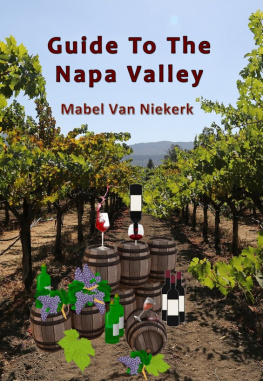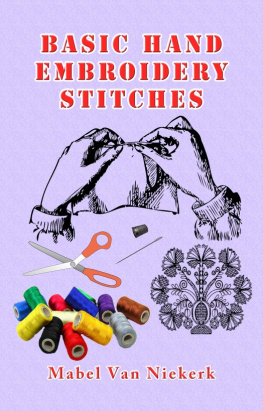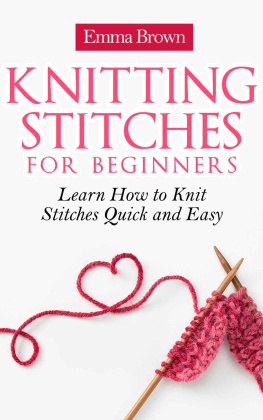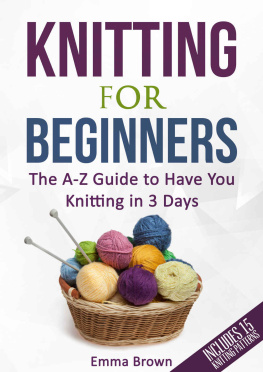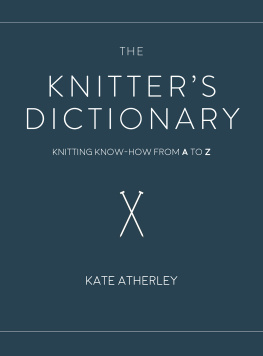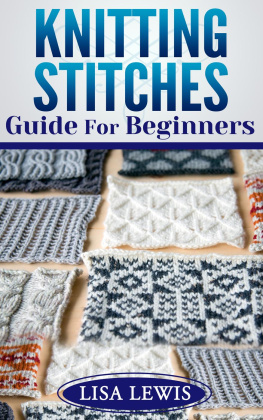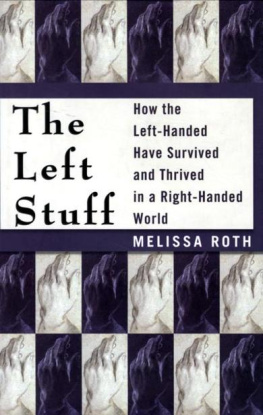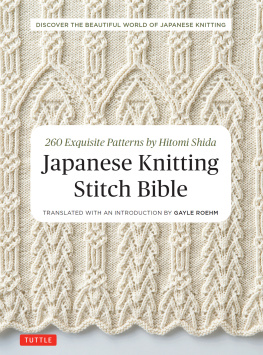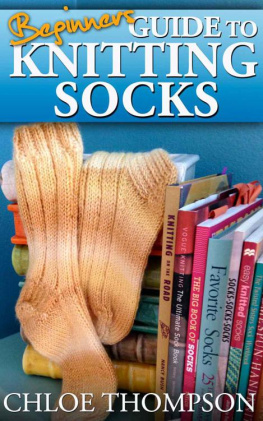Knitting - Learn to cast on stitchesfor Lefties
By
Mabel Van Niekerk
SMASHWORDS EDITION
*******
Published by
Mabel Van Niekerk at Smashwords
Knitting - Learn to cast on stitches forLefties
Copyright 2014 Mabel Van Niekerk
Smashwords Edition, License Notes
This ebook is licensed for your personalenjoyment only. This ebook may not be re-sold or given away toother people. If you would like to share this book with anotherperson, please purchase an additional copy for each recipient. Ifyoure reading this book and did not purchase it, or it was notpurchased for your use only, then please return to Smashwords.comand purchase your own copy. Thank you for respecting the hard workof this author.
Content
Learn to cast on stitchesfor Lefties
Knitting is the process of interlockingloops from a continuous strand of yarn using two or more needles.It creates the fabric from which a number of garments and items canbe made.
It is a great hobby for young and oldand can be very relaxing. Its also a great way of being productivewhile you are in the company of friends and family and exchangingknitting patterns and comparing projects is a great way of makingnew friends.
I have found that right-handed knittersare favored far above us Lefties. I haveyet to find a commercial pattern created especially for usleft-handed wanna be knitters. Maybe Im looking in the wrongplace. Often patterns make no sense because we are in actual factstarting from the end of the row instead of the beginning. This canbe very confusing and frustrating especially for beginners.
Learning to cast on stitches with aright-handed tutor is very difficult. I think the process isfrustrating for both the learner and teacher. A very good idea tolearn to cast on stitches without fuss is to sit together with yourtutor in front of a mirror. Watch the mirror image and you willimmediately click what you have to do.
Knitting is so versatile its not onlyfor creating clothing, but for household items like cushion covers,rugs and throws. Knitted jewelry is alsovery fashionable at the moment it allows you to be creative in manydifferent ways. It could become a lifelong hobby as knitting nevergoes out of fashion; innovative knitters constantly dream up newpatterns and yarn manufacturers experiment with new colors and textures of yarn that are irresistible toknitters.
Using more than one color in your knitting is also very decorative andpatterns or stripes can be made with as many colors as you like.
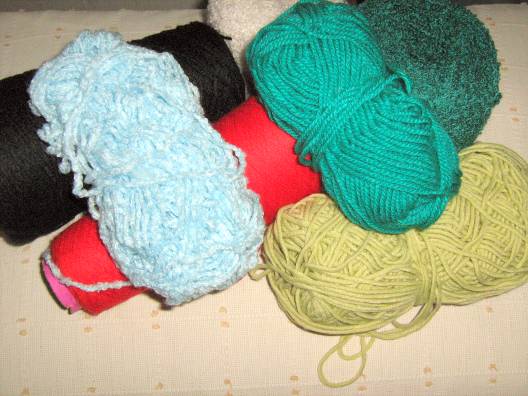
Theres no trick to learning to knitits so simple that little children can do it. Once you havemastered the art of casting on stitches you will be knitting in notime at all.
Learning to read patterns is simple andyou can always make up your own patterns as you become accomplishedin the art.
Once you have learned how to cast onstitches you can start off by knitting a small square to get usedto the way the needles and wool have to be held and how to insertthe needle into each stitch. There are no hard and fast rules abouthow knitting should be held, the main thing is that you feelcomfortable holding the two knitting needles and you hold the woolin a position that makes it easy to wrap around the needle.
Once you have got the hang of knitting asquare then the next step is to learn how to increase and decreasestitches. This is used to shape armholes and necklines in garments.Remember that practice makes perfect, so with a little patience youwill soon be proud of your knitting skills.
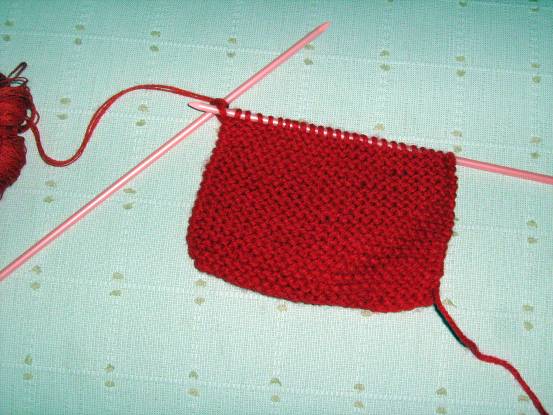
Your practice squares can be used lateron to make a blanket for kids. By joining up the squares andbinding the edges with blanket ribbon you will make a show-piece ofyour first knitting efforts.
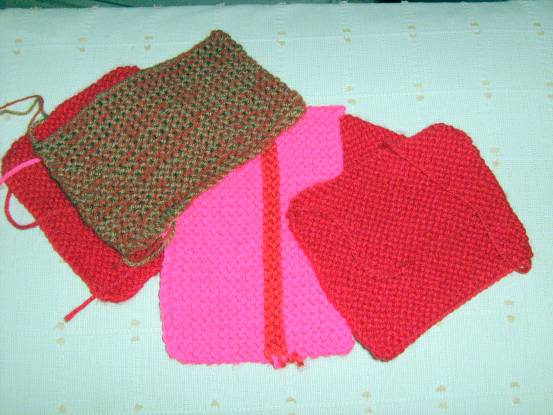
Knitting is a hobby that can be put downand picked up again whenever the desire hits you and you can takeyour bag of knitting with you wherever you go. Travelling is agreat time to knit and occupy your mind. Much of our time is wastedwaiting in doctors rooms and other establishments forappointments, now this time can be used productively and there willbe no need for impatience.
Requirements for knitting
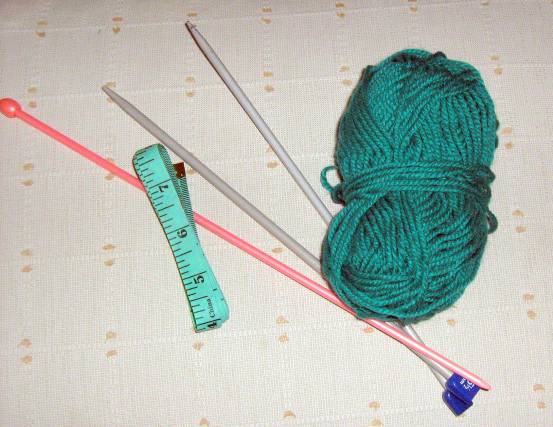
As you can see you dont require much tostart a hobby that opens a whole new world for you. Knittingneedles a ball of wool or yarn and later on a tape measure when youare knitting something specific. Your collection of knittingneedles in various sizes will grow as you begin to knit on aregular basis. You will also begin to build up a stash of leftoverwool and yarns from various projects, which can come in very handylater on to knit small objects like toys and mitts and also forstriped scarves and hats.
Good quality knitting supplies combinedwith creativity, imagination and skills produce a perfect finishedproduct.
All you require is yarn of your choiceand two needles for regular knitting. There are certain projectsthat require three or four needles when knitting a circle ortriangle. Knitting anything circular requires four needles or acircular needle.
Types of wool and yarnavailable
3 ply and 4 ply wool is madefrom 3 or 4 threads of twisted wool
Botany wool is wool solely from theMerino sheep
Mohair (Angora yarn) is made from theAngora goats hair
Lustre yarn is made from wool threadsspun with either silk or cotton threads
Baby wool is either made from very softhigh quality wool from the Merino sheep or from synthetic yarn or amixture of both
Crepe wool is 2 or more ply worsted yarnreverse twisted
There are yarns made from 100% syntheticfibres
There are not many pure wool-knittingyarns on the market as in most cases synthetic yarn has been added.This is often done to soften the wool and to make it shrinkresistible
Cashmere yarn
Silk yarn
Various novelty yarns
Alpaca yarns
Cotton yarns
Felting yarns
Ribbon yarns
Sock yarns
Double Knit Sports yarns
Aran knitting yarn
Chunky knitting yarn
Bulky knitting yarn
Knitting needles
Knittingneedles have a long shaft and taper at one end with a knob on theother end to prevent stitches from falling off the needle. Thestitches of the fabric are held together by the shaft. Thisprevents them from entangling. The taper or point, is used forforming new stitches.
The larger the numeral the thinner theknitting needles are, thicker needles are marked by the lowernumerals. Choose the size of the knitting needles to suit thethickness of the yarn or wool you will be using. By using the wrongsize needles will result in the tension of your knitting beingeither too tight or too loose.
The size of a knitting needle isdetermined by its radius, which in turn determines the size of thestitch. The radius affects the length of the yarn drawn from theprevious stitch. Thin needles are used for making small stitchesand the larger the needle the bigger the stitch.
Various countries use different sizes ofknitting needles, each one has set their own size standards fordifferent types of needles. One can determine the size of aknitting needle with the aid of a needle gauge obtainable from woolstores, if it has not been marked on the knitting needle.


